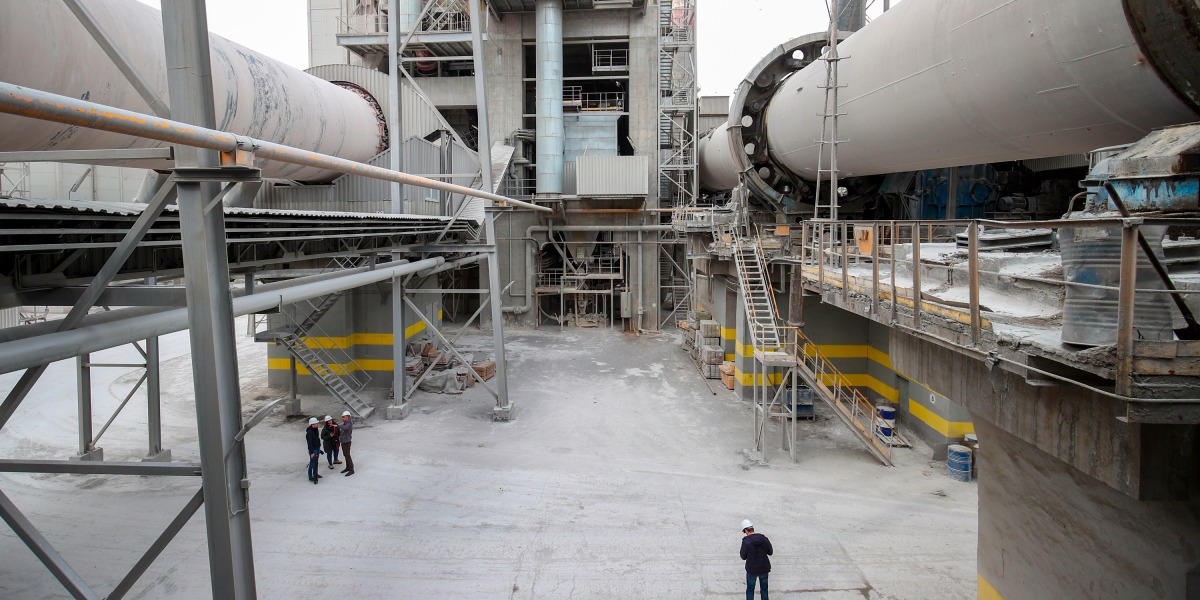
Take cement production, for example—I won’t get too deep into the chemistry, but basically cement starts its life as limestone, which is mostly calcium carbonate, and it needs to be turned into lime, or calcium oxide. This process requires high heat, which sloughs off the carbon and oxygen in the limestone—releasing carbon dioxide, the famous greenhouse gas.
So even if there’s an alternative fuel to heat up the kiln, cement production has emissions baked in.
And for some industrial products oil and natural gas are the starting point. Plastics are a classic example—most single-use plastics are derived from fossil fuels. This is the case for other chemicals too, like the detergents in your hand soap or fragrances in your perfume.
The icing on the cake is that the sheer size of industrial facilities means that it can be difficult and very expensive to make changes. A major steel mill can cost upwards of a billion dollars to build, and they usually operate for decades—so companies looking to cut emissions in the future need to invest a lot of money in new technologies, and soon.
What can we do about it?
New, decarbonized ways to produce steel, cement, and chemicals are largely still in the research or pilot stage, and there isn’t a clear winner yet for any of these industries. But there are a few approaches that are gaining momentum.
Using hydrogen as an alternative fuel could be one of the most straightforward ways to cut emissions from industries like steel. Some equipment would need to be adjusted, but burning hydrogen is closest to the approach used today, which mainly relies on coal or natural gas. At ClimateTech, I’ll be speaking with Maria Persson Gulda, CTO of H2 Green Steel, to discuss the role hydrogen can play in steel production.
Green hydrogen was one of our 10 Breakthrough Technologies in 2021—you can read more about its potential, and possible challenges, here.
